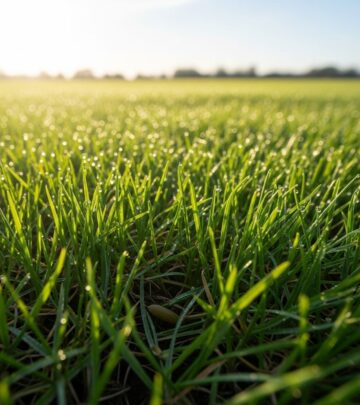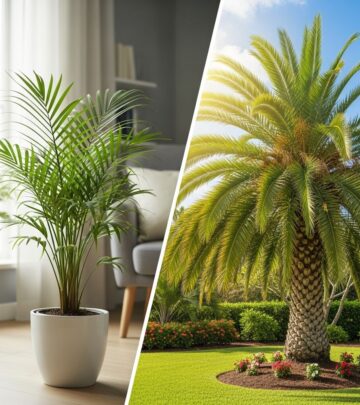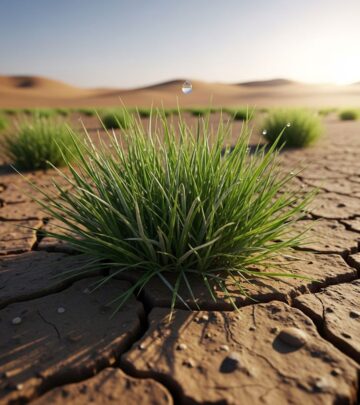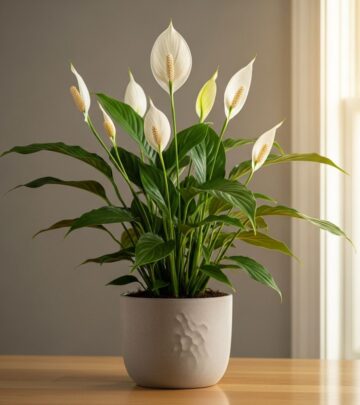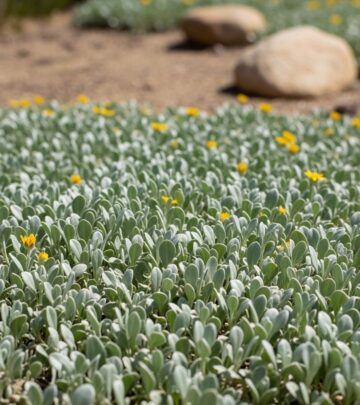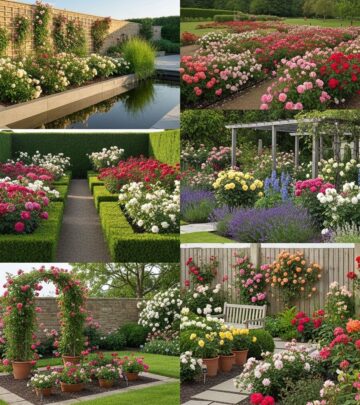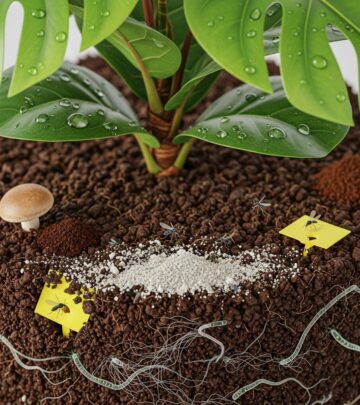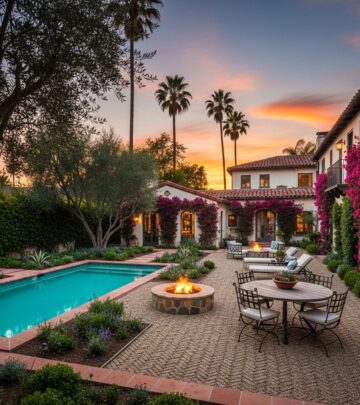Modern Garden Design Ideas: Key Insights For Outdoor Spaces
Transform your outdoor space with contemporary design principles that blend form and function
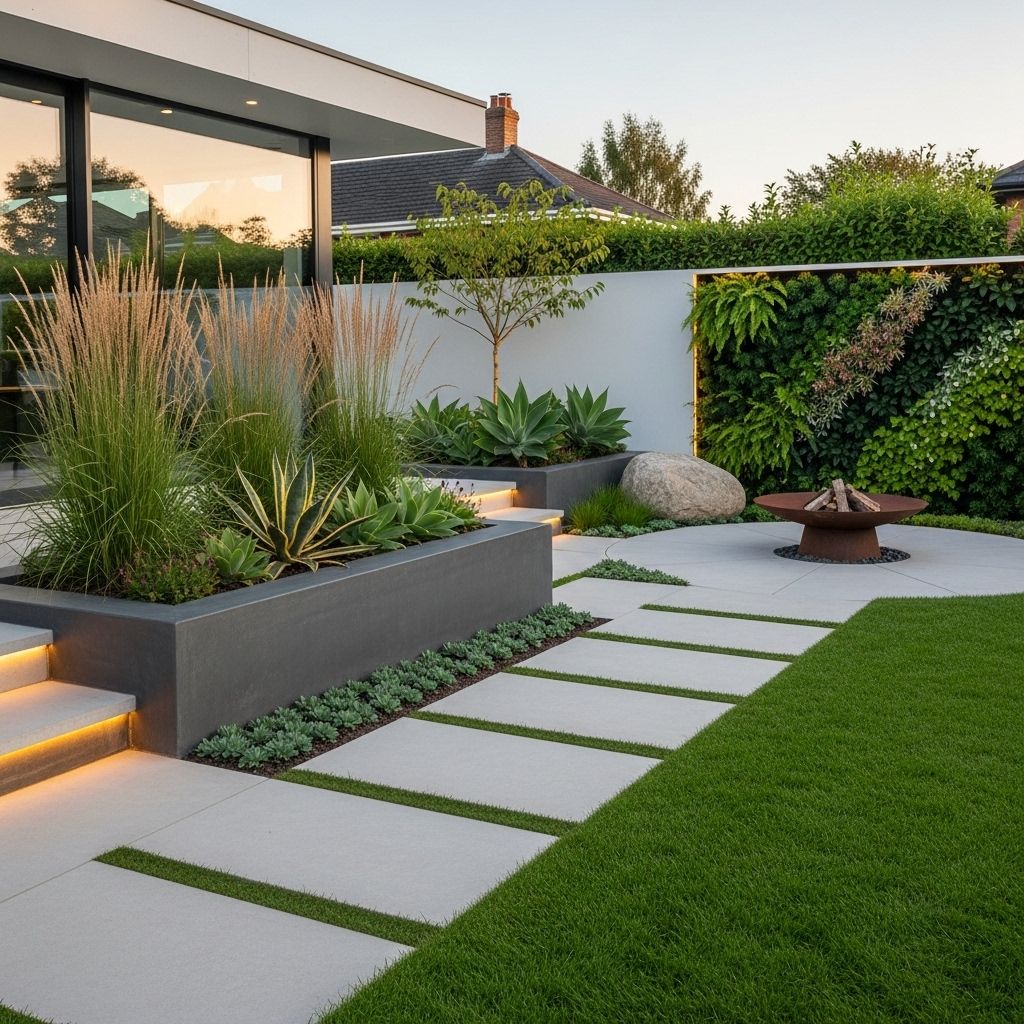
Image: HearthJunction Design Team
Modern Garden Design: Essential Tips for Creating Stunning Outdoor Spaces
Modern garden design combines clean lines, thoughtful planning, and a harmonious balance between hardscaping and carefully selected plantings. Whether you’re working with a compact urban space or a sprawling suburban yard, incorporating contemporary design principles can transform your outdoor area into a sophisticated, functional extension of your home. This comprehensive guide explores essential techniques and considerations for creating a modern garden that’s both visually striking and practical for everyday enjoyment.
Fundamental Principles of Modern Garden Design
At its core, modern garden design embraces simplicity, clean geometry, and a thoughtful approach to space utilization. Unlike more traditional or cottage-style gardens that might appear lush and somewhat untamed, modern gardens prioritize structure, deliberate plant placement, and a cohesive visual language that often extends the architectural style of your home into the landscape.
Embrace Minimalism in Layout
A minimalist layout forms the backbone of successful modern garden design. Begin by decluttering your garden space and creating a clean slate that allows for intentional design decisions. Modern gardens thrive on the principle that less is often more—each element should serve a purpose and contribute to the overall aesthetic. This doesn’t mean your garden should feel sparse or empty, but rather that each component has been thoughtfully selected and positioned.
Create Defined Areas with Purpose
Modern gardens excel when they incorporate clearly defined zones for different activities. Consider dividing your outdoor space into functional areas such as:
- A dedicated dining zone with weather-resistant furniture
- A relaxation area featuring comfortable seating or loungers
- A cooking space with a built-in grill or outdoor kitchen
- Green spaces with carefully curated plantings
- Water features that add movement and tranquility
Use hardscaping elements like changes in level, different materials, or physical structures to delineate these zones while maintaining visual cohesion throughout the space. This zoning approach creates a garden that feels organized and intentional rather than haphazard.
Selecting Materials for Modern Garden Design
Material selection plays a crucial role in establishing the contemporary feel of a modern garden. The right materials can enhance the clean lines and geometric shapes that characterize modern outdoor spaces while providing durability and visual interest.
Hardscaping Materials
Contemporary gardens often feature hardscaping materials that complement modern architecture:
- Concrete: Versatile for paths, patios, and custom features
- Metal: Steel, aluminum, or Corten steel for edging and accents
- Stone: Large-format pavers or slabs with minimal jointing
- Wood: Sustainably sourced timber for decking and structures
- Composite materials: Low-maintenance alternatives with clean lines
When selecting materials, consider how they interact with each other and with your home’s architecture. Aim for a palette of 2-3 primary materials to maintain cohesion while providing enough visual interest. The contrast between different textures—smooth concrete against rough stone, for example—can create compelling visual dynamics without overwhelming the space.
Furniture and Accessories
Furniture selections should reinforce your modern aesthetic while providing comfort and functionality. Look for pieces with clean lines, contemporary materials, and proportions that suit your space. Outdoor furniture in modern gardens typically features:
- Weather-resistant metals like aluminum or powder-coated steel
- Sustainable hardwoods or composite wood alternatives
- Simple, geometric forms without excessive ornamentation
- Neutral color palettes with occasional bold accent colors
Accessories and lighting should follow similar principles—select items that complement rather than compete with your garden’s design. Thoughtfully placed outdoor lighting can transform your modern garden after dark, highlighting architectural plants, illuminating paths, and creating ambiance for evening enjoyment.
Plant Selection for Modern Garden Design
Plant selection in modern garden design typically emphasizes architectural forms, interesting textures, and a disciplined approach to color. Unlike traditional gardens that might feature abundant flowers and variety, modern gardens often rely on fewer species used in more impactful ways.
Architectural Plants
Plants with strong forms and distinctive silhouettes provide structure and visual interest in modern gardens. Consider incorporating:
- Ornamental grasses that add movement and texture
- Sculptural succulents like agave or aloe
- Plants with strong vertical elements such as phormium or bamboo
- Specimen trees with interesting branch structures or bark
- Clipped hedges that create clean lines and defined spaces
Planting in Groups
For a professional-looking garden design, always use plants in odd-numbered groups (3, 5, 7, 9). This creates a more naturally balanced appearance while maintaining the intentional look modern gardens require. Using larger groupings of plants keeps the look more restful to the eye, whereas planting just one or two of many different plants can make your garden appear chaotic and unfocused.
In larger plantings, repeat groupings of the same plants more than once to create a more cohesive design. This repetition establishes visual rhythm and helps unite different areas of your garden.
Consider Plant Height and Placement
Choose plants with a variety of heights—short, medium, and tall—to add visual interest and avoid monotony. Plant taller specimens toward the back of beds and shorter plants toward the front so that each plant remains visible. This thoughtful arrangement creates depth and dimension in your planting scheme.
For modern gardens, consider a restrained color palette that complements your hardscaping materials. Many contemporary designs favor greens, silvers, and purples with perhaps one or two accent colors used sparingly for maximum impact.
Incorporating Water Features
Water features can add a compelling dimension to modern garden designs, introducing sound, movement, and reflective qualities. In contemporary landscapes, water features typically take on geometric forms with clean edges rather than naturalistic shapes.
Modern Water Feature Options
- Reflection pools with still water that mirror the sky and surrounding plants
- Channel features with linear water movement
- Wall-mounted water features that combine modern materials with the sound of falling water
- Minimalist fountains with simple spouts or jets
- Raised water tables that bring the water element closer to eye level
When designing a water feature, consider sight lines from key viewing positions—both from inside your home and from primary seating areas in the garden. The sound of water can mask unwanted noise from streets or neighbors, adding another functional dimension to this design element.
Embracing Technology in Modern Garden Design
Modern garden design can benefit significantly from thoughtful integration of technology. Smart systems not only enhance convenience but can contribute to sustainability and extended enjoyment of your outdoor space.
Irrigation Systems
Smart irrigation systems with weather sensors ensure efficient watering practices, conserving water while maintaining optimal plant health. These systems can be programmed to deliver precisely the right amount of water to different garden zones based on plant needs, soil conditions, and weather patterns.
Lighting Technology
Contemporary lighting options extend the usability of your garden into evening hours while highlighting key design features. Consider:
- LED path lighting for safe navigation
- Uplighting to accentuate architectural plants or structures
- Color-changing options for different moods and occasions
- Smart systems that can be controlled via smartphone
- Motion-activated security lighting that integrates discreetly with your design
Entertainment Technology
Outdoor entertainment systems can transform your garden into a multifunctional living space. Weather-resistant speakers, outdoor televisions, and Wi-Fi extenders allow you to enjoy music, films, or maintain connectivity while relaxing in your garden.
Maintaining Your Modern Garden
Modern garden designs often prioritize lower maintenance requirements than traditional gardens, but they still need regular care to maintain their crisp, intentional appearance. Developing a maintenance plan that addresses the specific needs of your garden will help preserve its beauty and functionality.
Seasonal Maintenance Tasks
Create a calendar of essential maintenance tasks that includes:
- Pruning architectural plants to maintain their distinctive forms
- Cutting back ornamental grasses at appropriate times
- Cleaning and treating hardscaping materials
- Checking and maintaining irrigation and lighting systems
- Refreshing mulch or gravel in planted areas
Consider how your garden will evolve through the seasons and plan accordingly. A well-designed modern garden should offer visual interest year-round, not just during the growing season.
Frequently Asked Questions
Q: What’s the difference between modern and contemporary garden design?
A: While often used interchangeably, modern garden design typically refers to a style that emerged in the mid-20th century featuring clean lines, minimalism, and a connection between indoor and outdoor spaces. Contemporary garden design refers to what’s current right now, which may incorporate modern principles along with other current trends and innovations.
Q: How can I make my small garden look more modern?
A: Focus on simplicity and clean lines, use a limited plant palette with architectural specimens, incorporate multi-functional features, select contemporary materials like concrete and steel, and maintain a disciplined approach to color. In small spaces, prioritize quality over quantity for both hardscaping and plant selections.
Q: Are modern gardens environmentally friendly?
A: They can be very sustainable when designed thoughtfully. Consider incorporating native plants adapted to your climate, permeable paving that allows water infiltration, smart irrigation systems that conserve water, and sustainable material choices. Modern design principles of simplicity and intentionality can work hand-in-hand with environmental responsibility.
Q: How do I balance hardscaping and planting in a modern garden?
A: The right balance depends on how you’ll use your space, but aim for complementary proportions rather than allowing either element to dominate completely. Use hardscaping to create structure and functionality, while using plants to soften edges, add movement, and connect your design to the natural world.
Q: What’s the best approach to lighting a modern garden?
A: Focus on subtle, layered lighting rather than uniform brightness. Highlight key features like specimen plants or water elements, ensure paths and steps are safely illuminated, and create atmosphere with carefully positioned ambient lighting. Modern garden lighting should be functional while remaining discreet during daylight hours.
References
- https://www.highcountrygardens.com/content/gardening/9-tips-professional-looking-garden-design
- https://www.gardenary.com/blog/how-to-start-a-garden-part-2-creating-a-garden-design
- https://www.gardendesign.com/landscape-design/rules.html
- https://www.youtube.com/watch?v=n7cJnX5ZQuk
- https://www.page.hiiguru.com/post/modern-garden-design-tips-styles-and-diy-projects-to-inspire
Read full bio of Anjali Sayee



